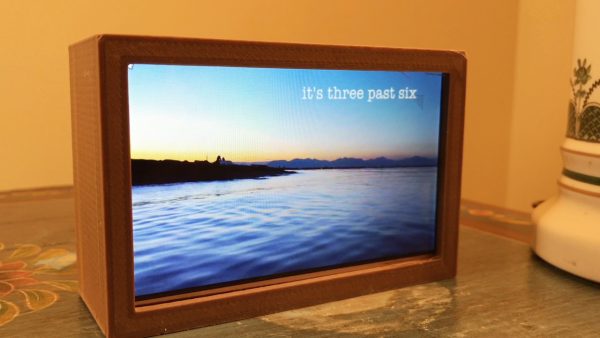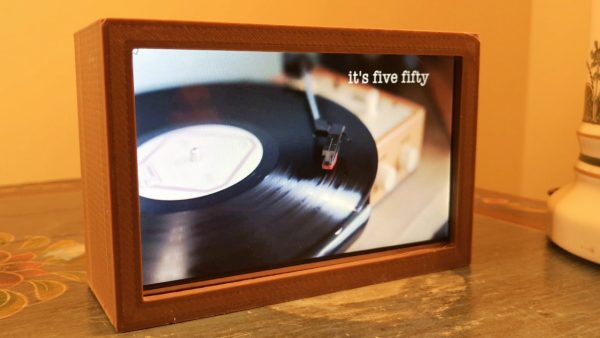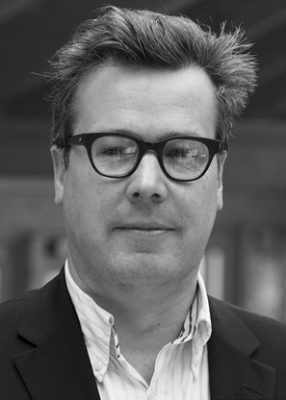An interview with Edward Appleton and Steve August
After 15 years in the research business, Steve has recently stepped out of his research role as CEO of Revelation to engage in his own ambient tech venture, Poinyent. A fascinating move.
We took this opportunity to catch up with Steve to share his perspective on market research – looking back and looking forward.
EA: Steve, you recently left FocusVision to start your own ambient tech venture. Can you share a few words about that?
SA: Sure. I had a lot of fun founding Revelation, then helping Focus Vision grow – the time seemed right to start the next new venture.
I’ve always enjoyed looking for the creative application of technology, and decided to return to what I was doing before I entered market research in 2002. Prior to my research career, I worked in a number of creative-tech areas, ranging from video documentary work through to clay animation, and lots more.
I’m now working in the emerging category of “connected décor”. The first product is a cinematic clock that creates a calm connection with the world. More on that later, but you can view a video of it here.
There’s actually quite a bit lurking within this idea. The idea of calm technology dates back to the 1996 in a paper entitled, “The Coming Age of Calm Technology” by Mark Wiser and John Seely Brown, two Xerox PARC researchers who foresaw with remarkable accuracy the emergence of ubiquitous computing and the need for calm technology.
EA: From your perspective: do you think research is staying abreast of change/tech change adequately? What’s your take on the industry’s ability to adapt?
SA: I think research is staying abreast of change/tech, but I think it often struggles to figure out how to adapt/integrate. There’s a couple of key reasons for this.
In quant, there’s a lot of normalization that has occurred with ongoing tracking studies, which make up the bulk of quant research efforts. When results have to be normalized with previous results, just coming up with something better won’t move people to change. The new better way needs to be normalized against what’s been done over the past years. If you’ve ever been in a discussion about adjusting a tracking survey, you know exactly about resistance to change.
If we look at qual, the issue isn’t normalized but economics and operating structure. Qual research is filled with inefficiencies. Now some of that is because it has a lot of facets that are difficult to automate, and require humans to drive. But there are still many areas in the logistics of qual – recruiting, project management, screener development, data aggregation, etc. that are ripe for applying technology. But because qual doesn’t have the economic scale of quant, it’s hard to get a return on technology investments that could truly change the game.
EA: Any positives that strike you on what’s going in market research?
SA: The challenges above notwithstanding, there are some interesting things going on. Companies like Remesh and Glimpzit are baking in AI into their offerings and showing a possible way forward. Currently these offerings are pretty tightly constrained and templated – they have to be to work because once the data becomes too unstructured, AI struggles.
But even established research tech companies are using smart tech to inject new life into their offerings. For example FocusVision has created a dynamic 360 version of their video streaming offering in which the camera sits in the middle of the table and automatically follows the conversation of the group, focusing on the face of whoever is talking. It’s quite a striking difference from the static view of from behind the glass.
And of course the previous of wave of mobile research technology from folks like FocusVision and other research tech companies is still not nearly as utilized as it could be.
EA: OK, thanks. Briefly, can you tell us about your ambient clock – sounds intriguing!
SA: Sure. While it might seem like anachronistic to be designing a clock in a world where smartphones have become ascendant, the idea for grew out of something that’s been bothering me for some time. We have this wonderful technology that performs miracles for us every day. But yet we too often find ourselves feeling interrupted, distracted and stressed out.
What if instead of creating distraction and stress, our technology made us feel calmer while still connecting us to the world? On one level it is a decorative clock that will tell you the time and weather. But on another level it’s a cinematic piece of calm technology that creates a peaceful presence in any room.
If you’ve clicked on the video, you can make your own judgement on that.


EA: Back to market research: what are the things research really needs to do differently?
SA: As I am embarking on my new venture, one of the things I’ve run into is that it’s hard to use traditional market research to really understand the market viability of something like “a cinematic calm tech clock.” There’s no frame of reference for people in which you could frame “intent to buy a cinematic calm connected clock.”
So the strategy I am using is to use marketing as market research.
What I mean by that, is instead of bring the concept to a focus group or in depth interview, I am actually creating a marketing site that lays out the product and it’s proposition as if the product were already available (though making it clear that it is in development).
I am creating ads for Facebook so I can target specific demos and niches, and essentially creating tests to see which features, niches, categories, pricing, etc. is resonating or not. Based on this feedback I can then determine the likelihood of success of the product, and what factors into it.
Based on that I can then decide whether the product is a go and if so what requirements for success are. As the product moves through development I can then incorporate more traditional methods for usability and user experience.
But essentially, my initial marketing research budget is really being spent on marketing activities and systems.
Now this process makes a lot of sense for a new company that has no brand recognition and can experiment, but I think it could be used for more established companies as well.
As the product moves from the early stages, more traditional research will likely come into play, especially UX and usability.
EA: Final thoughts – any advice for those working in market research or thinking of getting into it?
SA: Market research is a great field, living at the intersection of social science and business.
It’s in the business of understanding people and people are always interesting. So my advice is to always keep in mind the mission – understand people to answer business questions – and let that lead you vs. any dogmatic allegiance to any particular methodology or technology. If you continually focus on the mission, finding ways to better understand people and markets, regardless of method or technology, I think you’ll find it will take you to some really interesting places.
EA: Thanks so much Steve!


By Edward Appleton, Happy Thinking People


